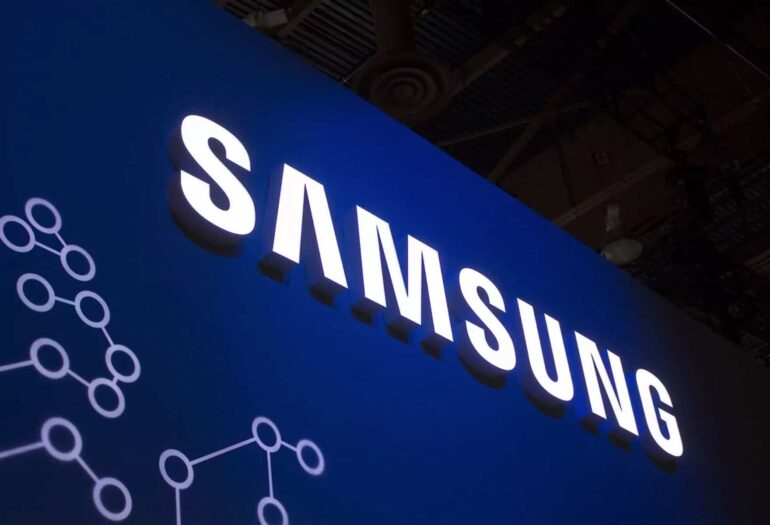TL;DR:
- Meta AI and Samsung researchers introduce two new AI methods, Prodigy and Resetting, to enhance learning rate adaptation in machine learning.
- These methods improve the worst-case non-asymptotic convergence rate of the D-Adaptation approach.
- The modifications result in faster convergence rates and improved optimization outcomes.
- The Prodigy method demonstrates faster adoption compared to existing approaches.
- D-Adaptation with resetting achieves the same theoretical rate as Prodigy with a simpler theory.
- The proposed methods outperform the D-Adaptation algorithm and can achieve test accuracy on par with hand-tuned Adam.
Main AI News:
Meta AI and Samsung researchers have unveiled two groundbreaking AI methods, Prodigy and Resetting, which revolutionize learning rate adaptation in the realm of modern machine learning. As optimization plays a vital role in tackling complex challenges across various domains, such as computer vision, natural language processing, and reinforcement learning, the choice of learning rates significantly influences the convergence speed and solution quality. However, with the proliferation of applications involving multiple agents, each equipped with its optimizer, the task of fine-tuning learning rates has become increasingly arduous. While hand-tuned optimizers have shown promise, they require expert expertise and extensive labor. Consequently, in recent years, the surge in popularity of “parameter-free” adaptive learning rate methods, exemplified by the D-Adaptation approach, has been remarkable.
The research team, comprising experts from Samsung AI Center and Meta AI, introduces two ingenious modifications, namely Prodigy and Resetting, to enhance the worst-case non-asymptotic convergence rate of the D-Adaptation method. These enhancements pave the way for accelerated convergence rates and improved optimization outputs. By refining the adaptive learning rate method, the authors breathe new life into the original approach, bolstering its convergence speed and solution quality performance.
To validate the proposed adjustments, they establish a lower bound that verifies the efficacy of any approach adjusting for the constant D, which represents the distance to the solution. Moreover, the team demonstrates that the enhanced methods are worst-case optimal, surpassing other techniques with exponentially bounded iteration growth by constant factors. Extensive testing corroborates that the augmented D-Adaptation methods swiftly adapt the learning rate, resulting in superior convergence rates and optimization outcomes.
The team’s innovative strategy revolves around modifying the D-Adaptation’s error term using Adagrad-like step sizes. Leveraging this technique, researchers can confidently take larger steps while preserving the primary error term, thereby enabling expedited convergence. However, to prevent the algorithm from slowing down when the denominator in the step size becomes excessively large, weight is additionally added next to the gradients as a precautionary measure.
To assess the effectiveness of the proposed techniques, researchers conducted empirical investigations addressing convex logistic regression and significant learning challenges. Across multiple studies, Prodigy exhibited unparalleled speed of adoption compared to existing approaches. Meanwhile, D-Adaptation with resetting matched Prodigy’s theoretical rate while employing a considerably simpler theory than either Prodigy or D-Adaptation. Furthermore, the proposed methods consistently outperformed the D-Adaptation algorithm and achieved test accuracy on par with meticulously hand-tuned Adam.
In summary, two cutting-edge methods have outperformed the state-of-the-art D-Adaptation approach in learning rate adaptation. Extensive experimental evidence supports Prodigy as a weighted variant of D-Adaptation, exhibiting superior adaptiveness compared to existing approaches. Additionally, D-Adaptation with resetting emerges as a method capable of matching Prodigy’s theoretical pace while employing a significantly less complex theory. These advancements mark significant strides in optimizing learning rates and offer tremendous potential for advancing the field of machine learning.
Conclusion:
The introduction of Prodigy and Resetting by Meta AI and Samsung marks a significant advancement in the field of learning rate adaptation in modern machine learning. These methods address the challenges of rapid convergence and high-quality solutions by enhancing the worst-case non-asymptotic convergence rate of the D-Adaptation approach. The improvements lead to faster convergence rates and better optimization outcomes, providing researchers and practitioners with more effective tools for tackling complex machine learning problems.
Prodigy, in particular, showcases superior adaptiveness, surpassing existing approaches in terms of speed of adoption. Moreover, D-Adaptation with resetting offers a simpler theoretical framework while achieving comparable theoretical performance to Prodigy. These advancements have the potential to drive further innovation and efficiency in the market, empowering businesses to leverage machine learning algorithms more effectively in various domains such as computer vision, natural language processing, and reinforcement learning.

